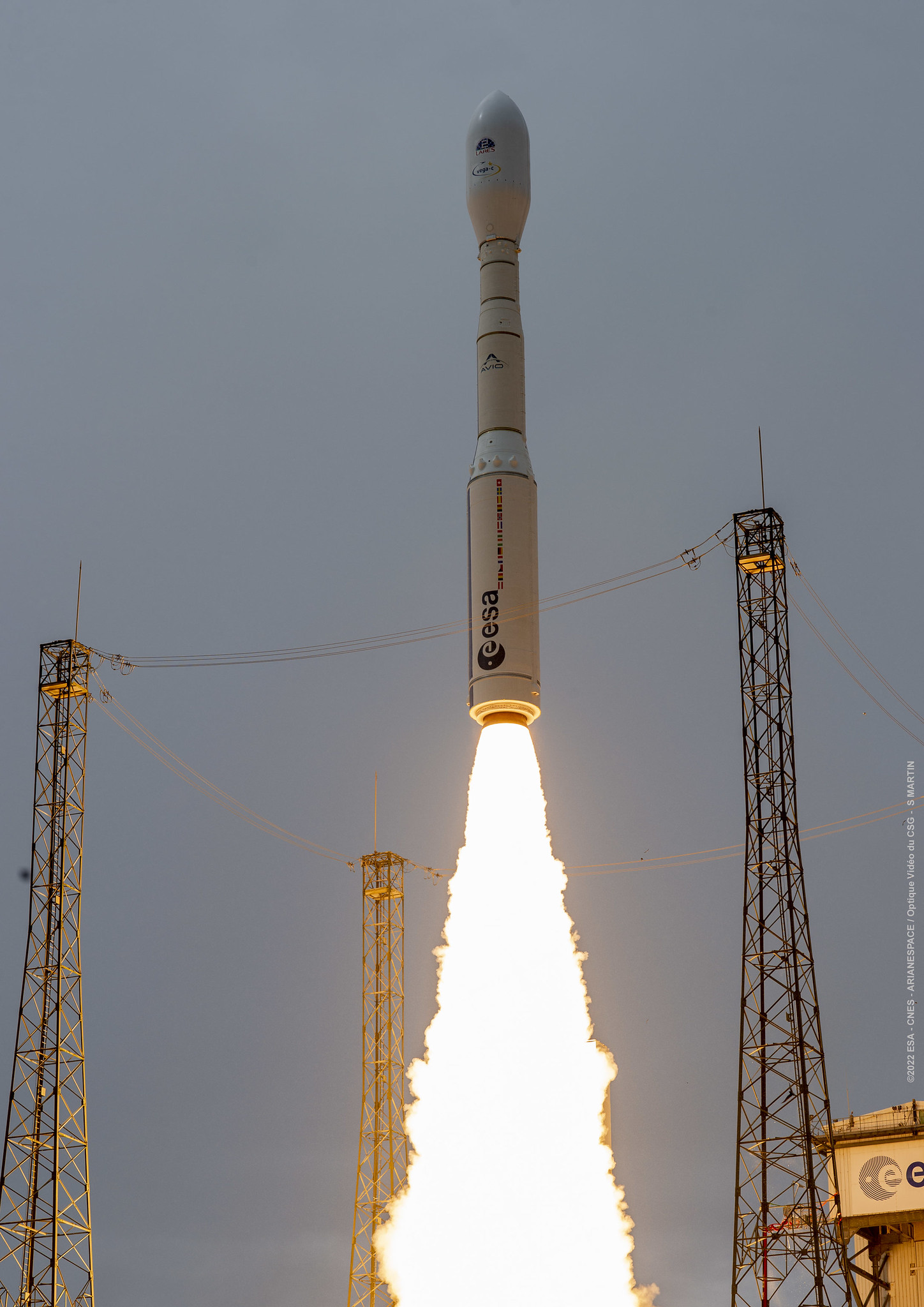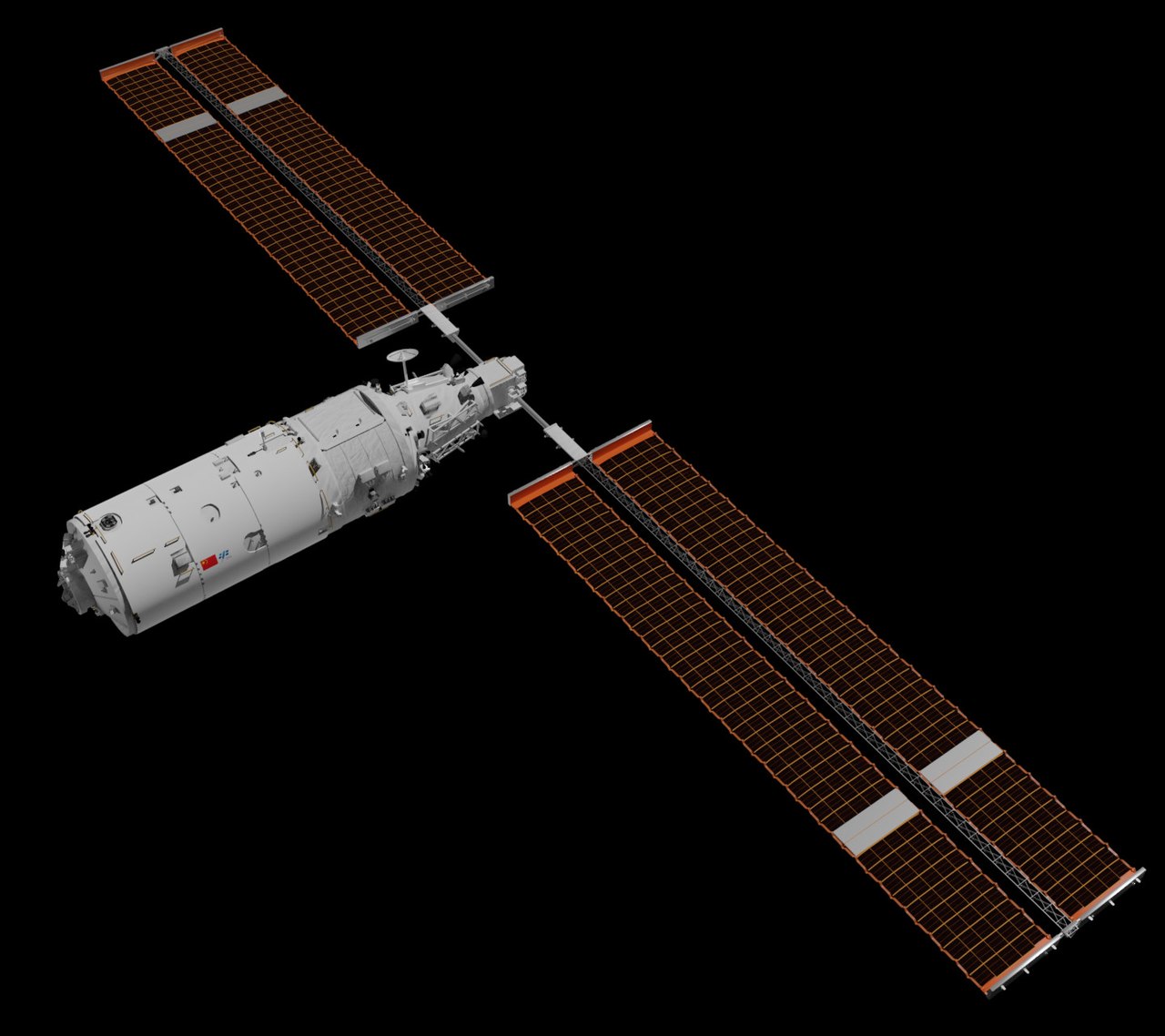· space brief · 7 min read
Space Brief 9 May 2025
Today's briefing covers new satellite projects, military tech advancements, and insights into missile defense strategies. Discover partnerships in satellite design and exciting developments in space military technology.

📄Top Stories
Today we delve into strategic space initiatives, including a new partnership to construct synthetic aperture radar satellites. The U.S. military pursues innovative use of the Rocket Lab’s Neutron for cargo missions, and the U.S. Space Force advances its space laser program. Additionally, experts discuss cutting-edge approaches in missile defense, reflecting a shift toward proactive measures.
📰Detailed Coverage
Rocket Lab’s Neutron Paves the Way for Military Cargo Delivery
Rocket Lab’s Neutron rocket is set to be used in the U.S. military’s ambitious project to test new methods for delivering cargo via space. With a payload capability of up to 13,000 kg to low Earth orbit, the Neutron is on track for its maiden flight in 2025. This deployment represents a push towards more flexible and rapid military logistics solutions through space-based platforms.
The U.S. military’s interest in utilizing the Neutron underscores a strategic shift in how cargo can be deployed in crises, potentially transforming global response times. Leveraging orbital paths for rapid logistics offers significant advantages in operational readiness, significantly impacting satellite tracking dynamics as these assets are poised for deployment.
Read the full story: SpaceNews
German Defense and Iceye Collaborate on SAR Satellites
A key collaboration has been announced between German defense contractor Rheinmetall and Finnish SAR constellation operator Iceye to develop synthetic aperture radar (SAR) satellites. This venture is part of a broader European effort to enhance military intelligence gathering capabilities and begins next year.
The satellites will bolster surveillance capabilities across Europe, integrating into existing defense networks to provide persistent, high-resolution imagery regardless of weather conditions. Such capabilities are vital for monitoring areas of interest globally and add a crucial component to satellite tracking and intelligence operations.
Read the full story: SpaceNews
U.S. Space Force’s Laser Communication Milestone
The U.S. Space Force has selected three companies to further develop laser-based communication terminals, part of a $100 million initiative to strengthen secure satellite communication. The companies—CACI, General Atomics, and Viasat—are advancing to the next phase of development.
These state-of-the-art laser terminals promise to enhance data transmission rates and security for U.S. military operations, reducing vulnerabilities inherent in traditional radio frequencies. This advancement signifies a crucial step in modernizing military communication infrastructure, crucial for optimal satellite operation and tracking.
Read the full story: SpaceNews
Role of ‘Mission Integrators’ in New Military Satellites
New military satellite programs are increasingly highlighting the importance of ‘mission integrators’—entities responsible for ensuring different technologies work seamlessly together. The increasing reliance on commercial technology in defense systems has complicated integration efforts.
This integration challenge necessitates a strong focus on interoperability and redundancy, critical for successful military operations. As mission integrators navigate these complexities, the dynamics of satellite tracking and system coordination are set to evolve, offering more robust security and operational efficiency.
Read the full story: SpaceNews
Innovative Missile Defense Strategies: Beyond the Golden Dome
Discussions on missile defense highlight the importance of far-left strategies, focusing on early threat detection and intervention. The U.S. is investing in advanced tracking capabilities and AI-driven data analysis as part of its Golden Dome strategy.
By broadening defense strategies to include preventative measures and comprehensive monitoring, the overall missile defense system becomes more resilient. This approach enhances satellite tracking systems’ role, integrating early warning detection systems with operational military readiness.
Read the full story: SpaceNews
The Navy’s Maverick: Innovations in Space Operations
Former Navy Captain and shuttle astronaut, Scooter Altman, now with ASRC Federal, shares insights from his dynamic career, spanning from aviation stunts to space missions. He discusses the potential of Mars as humanity’s forthcoming significant leap in space exploration.
Altman’s eclectic journey underscores the blend of aerospace innovation and adventurous spirit that propels forward-thinking in space missions. His experiences illustrate ongoing transformations in how space operations are conceptualized and executed, significantly impacting the future landscape of human spaceflight.
Read the full story: SpaceNews
🛰️Satellite Spotlight
- Satellite Name: COSMOS 2272
- NORAD ID: 23003
- Launch Date: February 12, 1994
- Mission: Military Communication - This satellite is part of Russia’s military communication network, facilitating secure communications for military operations.
- Orbit: Low Earth Orbit (LEO)
- Operator: VKS (Russian Aerospace Forces)
- Fun Fact: COSMOS 2272 is equipped with solar cells and batteries, ensuring it can operate independently without needing frequent maintenance or servicing.
Track this satellite in real-time on our web app: Track COSMOS 2272
🌌Space Weather
Space weather conditions are currently quiet.
R0 - S0 - G0
Next 24 Hours:
Over the next day, satellite operators can expect no risk of radio blackouts or solar radiation storms, making for a stable communication environment. However, moderate geomagnetic activity is anticipated, with a potential for minor geomagnetic storms. Specifically, G1 (Minor) conditions are likely to occur on 09 May due to the influence of a negative polarity coronal hole high-speed stream (CH HSS) and a possible glancing blow from a coronal mass ejection (CME) observed on 05 May. Satellite communications should remain reliable, but be aware that R1-R2 (Minor-Moderate) radio blackouts are possible from 09-11 May, which could affect HF communication. Additionally, operators with low Earth orbit (LEO) satellites should monitor potential drag impacts associated with the geomagnetic activity.
Beyond:
Looking ahead from 05 May to 31 May, solar activity is expected to remain predominantly low with a slightly varying chance for M-class flares. No proton events are forecasted at geosynchronous orbit. The electron flux at geosynchronous orbit is likely to reach high levels from 05-12 May and again from 29-31 May, which may pose a risk to satellite electronics and operations. Moderate geomagnetic field activity is anticipated to reach G1 (Minor) storm levels on 18 May and 29-31 May due to further negative polarity coronal hole influences. Operators should prepare for periods of active conditions around 05-06 May, 09-11 May, 16-17 May, 19-21 May, and 27 May. Generally, quiet to unsettled conditions will dominate throughout the remainder of the period.
🚀 Upcoming Space Launches
May 10
- SpaceX Falcon 9:
- Starlink Group 15-3 from Vandenberg Space Force Base, California, USA (00:00 UTC) A batch of 26 satellites for SpaceX’s Starlink mega-constellation project providing space-based Internet communication.
- SpaceX Falcon 9:
- Starlink Group 6-91 from Cape Canaveral Space Force Station, Florida, USA (06:28 UTC) A batch of satellites for the Starlink mega-constellation, part of SpaceX’s space-based Internet communication system.
May 11
- SpaceX Falcon 9:
- Starlink Group 6-83 from Kennedy Space Center, Florida, USA (04:24 UTC) A batch of satellites for the Starlink mega-constellation, SpaceX’s project for a space-based Internet communication system.
- Long March 6A:
- Unknown Payload from Taiyuan Satellite Launch Center, People’s Republic of China (13:12 UTC) Details TBD.
May 13
- SpaceX Falcon 9:
- Starlink Group 15-4 from Vandenberg Space Force Base, California, USA (00:00 UTC) A batch of satellites for the Starlink mega-constellation, part of SpaceX’s space-based Internet communication system.
- Long March 2D:
- Unknown Payload from Jiuquan Satellite Launch Center, People’s Republic of China (04:03 UTC) Details TBD.
May 14
- SpaceX Falcon 9:
- Starlink Group 6-67 from Cape Canaveral Space Force Station, Florida, USA (15:43 UTC) A batch of satellites for the Starlink mega-constellation, part of SpaceX’s space-based Internet communication system.
May 15
- Gilmour Space Technologies Eris-1:
- Maiden Flight from Bowen Orbital Spaceport, Australia (00:00 UTC) Maiden flight of Gilmour Space’s orbital launch vehicle Eris.
May 16
- SpaceX Falcon 9:
- Starlink Group 15-5 from Vandenberg Space Force Base, California, USA (13:00 UTC) A batch of satellites for the Starlink mega-constellation, part of SpaceX’s space-based Internet communication system.
May 17
- Rocket Lab Electron:
- The Sea God Sees (iQPS Launch 2) from Rocket Lab Launch Complex 1, Mahia Peninsula, New Zealand (08:15 UTC) Launching a synthetic aperture radar Earth observation satellite for the Japanese Earth imaging company iQPS.
Note: Launch dates and times are subject to change due to technical or weather considerations.

Maurice Stellarski




